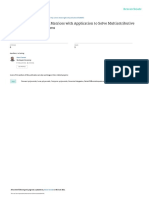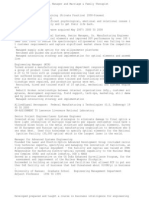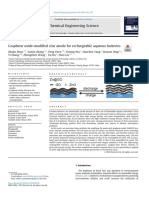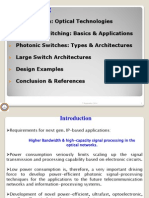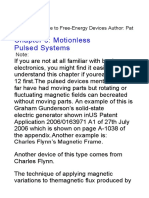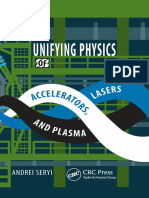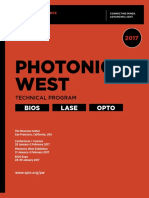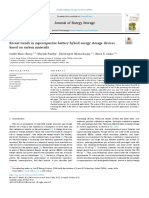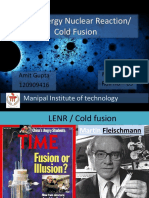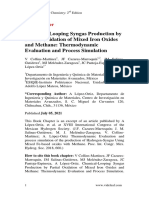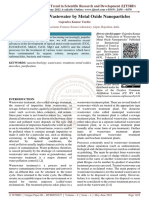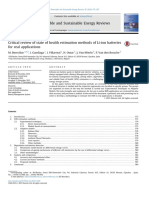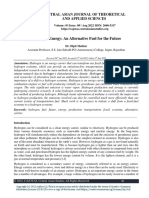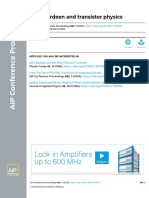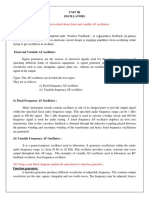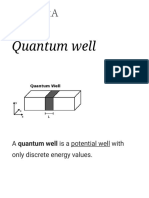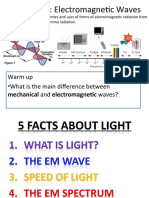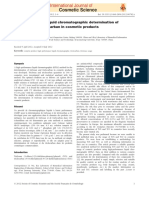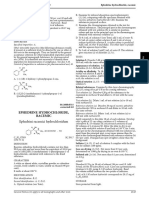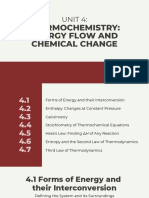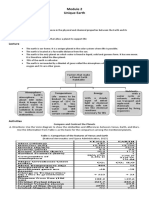0% found this document useful (0 votes)
159 views25 pagesUltraconductors Seminar Report
The document summarizes a seminar report on ultraconductors submitted by a student. It includes an introduction to ultraconductors, which are materials that can conduct electricity without resistance. It provides a literature review on recent research papers on ultraconductors and superconductors. It also includes an explanation of how ultraconductors follow the principle of superconductivity by losing all resistance below a critical temperature. The report further discusses the advantages, applications and future scope of ultraconductors.
Uploaded by
amit patilCopyright
© © All Rights Reserved
We take content rights seriously. If you suspect this is your content, claim it here.
Available Formats
Download as PDF, TXT or read online on Scribd
0% found this document useful (0 votes)
159 views25 pagesUltraconductors Seminar Report
The document summarizes a seminar report on ultraconductors submitted by a student. It includes an introduction to ultraconductors, which are materials that can conduct electricity without resistance. It provides a literature review on recent research papers on ultraconductors and superconductors. It also includes an explanation of how ultraconductors follow the principle of superconductivity by losing all resistance below a critical temperature. The report further discusses the advantages, applications and future scope of ultraconductors.
Uploaded by
amit patilCopyright
© © All Rights Reserved
We take content rights seriously. If you suspect this is your content, claim it here.
Available Formats
Download as PDF, TXT or read online on Scribd
/ 25

